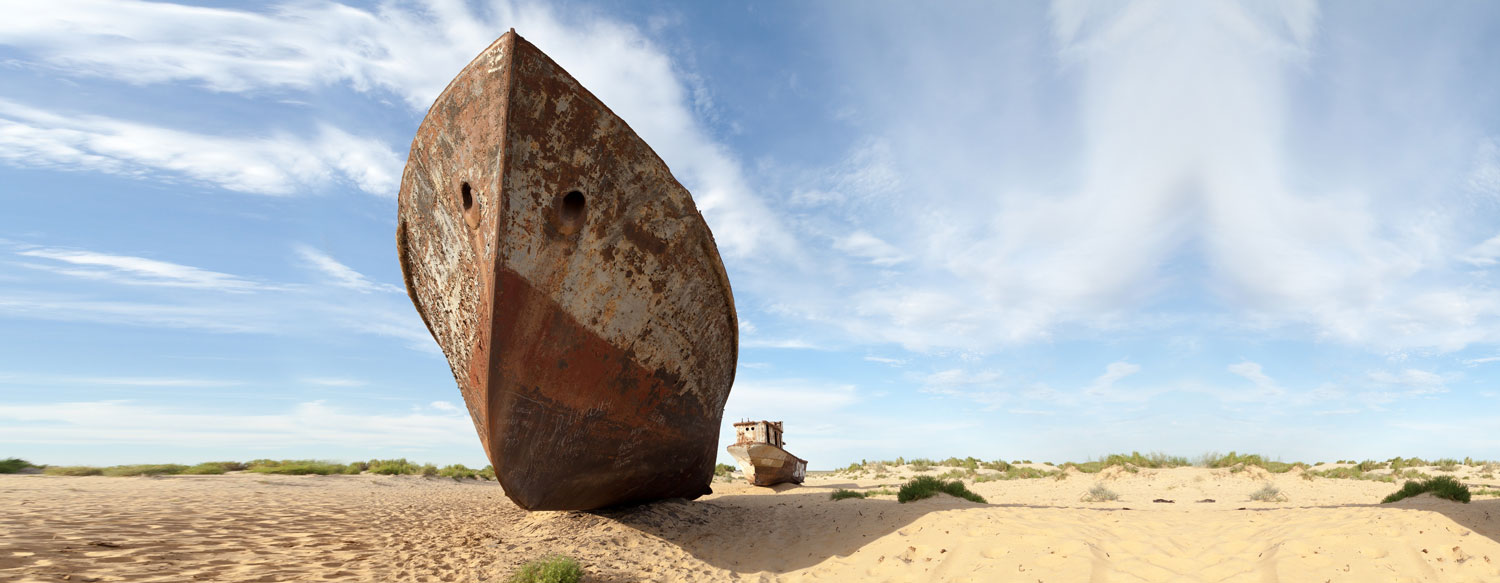 Climate change transcends cultural, geographical, and political boundaries. The world must come together as a global community to prepare for climate change, which is already affecting the Earth: scientific research has shown that the five hottest years ever-recorded have all occurred since 1997. If we don’t get a handle on carbon emissions and other climate change factors, scientists believe that average surface temperatures could increase as much as 10 degrees Fahrenheit by the end of the 21st century. These morbid facts require action on the part of global supply chain leaders whose company operations have a direct impact on climate change.
Climate change transcends cultural, geographical, and political boundaries. The world must come together as a global community to prepare for climate change, which is already affecting the Earth: scientific research has shown that the five hottest years ever-recorded have all occurred since 1997. If we don’t get a handle on carbon emissions and other climate change factors, scientists believe that average surface temperatures could increase as much as 10 degrees Fahrenheit by the end of the 21st century. These morbid facts require action on the part of global supply chain leaders whose company operations have a direct impact on climate change.
Examining Global Supply Chain Strategy in a Climate Change Context
To date, there is still some work to be done when it comes to climate change and supply chain strategy. In a research study released by CDP and Accenture, it was shown that suppliers in Europe including France, Spain, the United Kingdom and Germany are the most sustainable. Chinese, Italian, and U.S. suppliers are vulnerable to climate change risks, because of a combination of high exposure to risk and a relative lack of preparation. Of all the countries studied, Japan was the only one that was equipped to respond to significant climate risks.
However, the news is not all bad for North America. The CDP named the U.S. as an incubator of leadership, since many organizations leading the charge to positive action to address climate change are based there. This is quite important when you consider the amount of pollution the U.S. and other modern countries emit: the U.S. itself makes up only 5% of the world’s population, yet accounts for 22% of global carbon emissions.
Tips for Handling Climate Change in Your Supply Chain Strategy
PwC says that three of the top industries that are susceptible to harm because of climate change are agriculture, energy, and mining. However, businesses in every industry will benefit from improving their approach to handling climate change risks in their supply chain. Here are three ways you can get your supply chain strategy ready to handle climate change risks:
- Stay agile. Some companies see their supply chains suffer significant damage as a result of climate change because they aren’t prepared to deal with the change. Don’t be rigid with your supply chain policies. You should be willing to change your operating methods, suppliers, and logistical procedures to make dealing with climate change easier.
- Create a dedicated team for climate change. Everyone that is involved with your supply chain, from the on-site workers to the C-level suite, needs to have some type of input on how your supply chain will deal with climate change. This creates buy-in and makes it easier for your team to participate in new policies.
- Using your dedicated team to improve supply chain technologies is also suggested. From the raw materials to the manufacturing floor, there are ways your process can have a smaller environmental impact. Set this as a main goal for your dedicated team and give them plenty of resources to implement the changes.
- Do your part to reverse climate change and go green. The companies that can handle supply chain issues the best are the ones that actively involve themselves in reversing climate change, instead of just shielding their business from its effects. For example, back in 2007 Starbucks invested in climate adaption programs for farmers, to help protect landscapes and make sure they were suitable for coffee bean growth.
Incorporating environmental changes into your a supply chain strategy doesn’t have to be complicated or arduous. By making sure that your organization is well aware of climate change and its negative impacts, you can work to reverse them and help improve both your business and the future environmental outlook of the world at large.

About Michael Wilson
Michael Wilson is AFFLINK'S Vice President of Marketing and Communications. He has been with the organization since 2005 and provides strategic leadership for the entire supply chain team. In his free time, Michael enjoys working with the Wounded Warrior Project, fishing, and improving his cooking skills.





